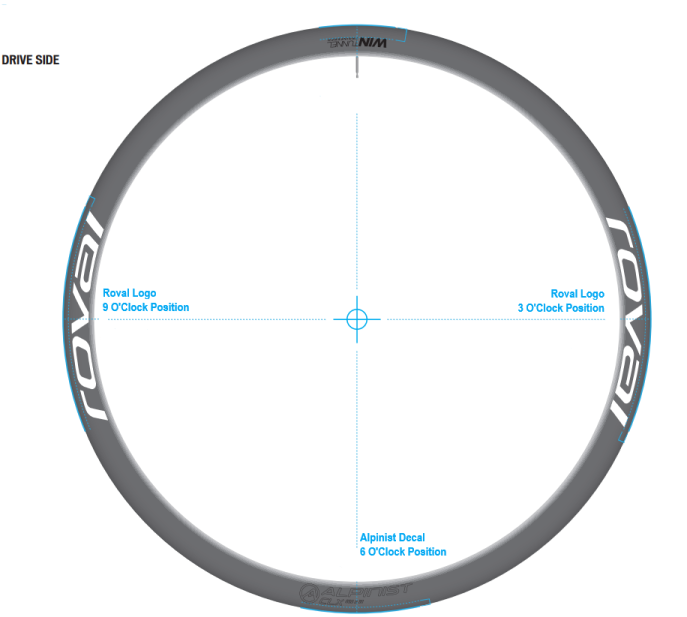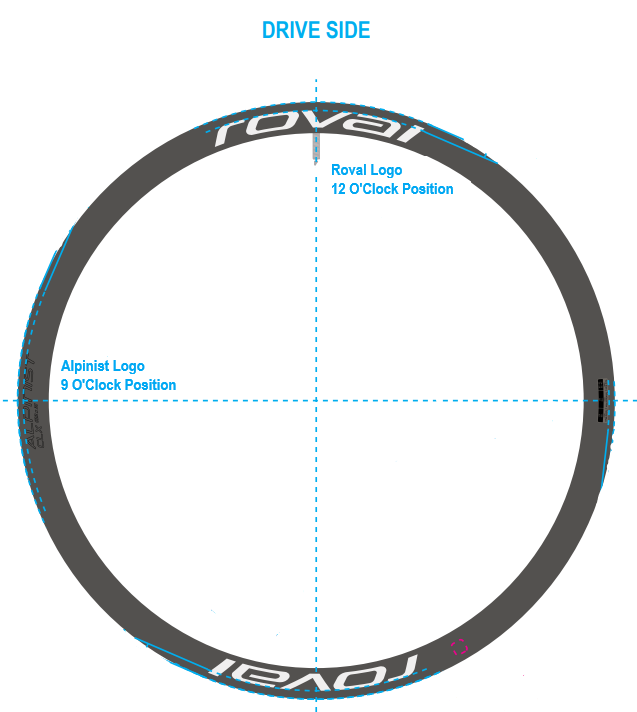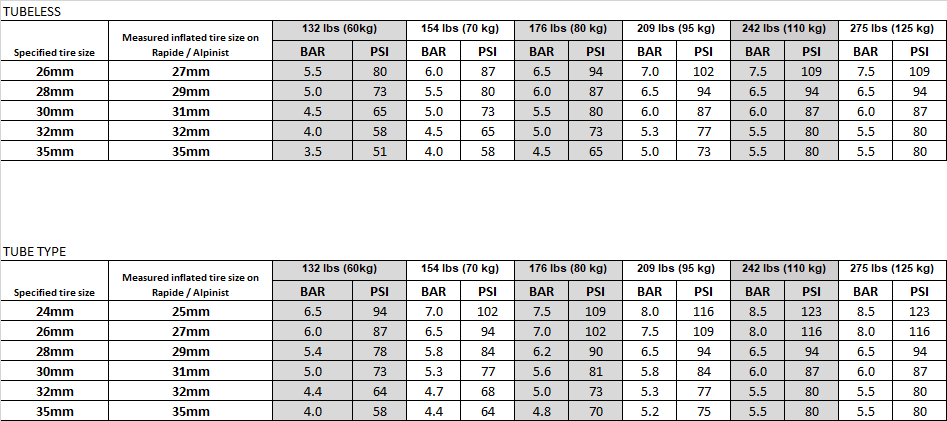Alpinist Setup
Alpinist CL II, CLX II, and SLX wheels are tubeless compatible. We've shifted the rim’s outer diameter dimensions to create an extra 1.4mm of bead slack in your tire–this makes installation and roadside repair much easier.
What is the difference?
All Alpinist wheelsets have thru axles and a system weight limit of 275 pounds / 125 kg. The CLX and CL wheelsets use the same rim and have the same spoke count.
The Alpinist CLX features the Roval AeroFlange hub and ceramic DT Swiss bearings. The wheelset has a weight of 1250 grams.
The Alpinist CL II uses DT Swiss 350 hubs and DT Swiss sealed bearings. The wheelset has a weight of 1360 grams.
The Alpinist SLX pairs a lightweight alloy rim with the same DT Swiss 350 hubs as the Alpinist CL II. The wheelset has a weight of 1485 grams.
How can I tell if my wheels are the original tube-type Alpinist or the tubeless-compatible Alpinist II?
We changed the decals between the two versions. See the images below to confirm your wheelset version:
Original Alpinist
With the valve stem at the top, the original Alpinist has the Roval decals at the 3 o'clock and 9 o'clock positions. The Alpinist decal is located across from the valve hole and the Win Tunnel logo aligns with valve hole.

Alpinist II
The Alpinist II has Roval decal aligned with the valve hole of the rim and across from the valve hole.

Brake Rotors
Alpinist wheels are designed to be used with centerlock type brake rotors.
Rim Width & Approved Tire Sizes
Alpinist II rims have an internal width of 21mm and may be used with tires 700x24-38 mm.
Alpinist SLX rims have an internal width of 20mm and may be used with tires 700x24-38 mm.
Maximum Inflation Pressure
Tubeless: 110 psi (24mm-35mm width tires) / 60 psi (36mm - 38mm width tires)
With tube: 130 psi (24mm-35mm width tires) / 60 psi (36mm - 38mm width tires)
The right tire pressure for your ride is personal and depends on your riding style, the terrain you'll be riding and the conditions of that terrain on the day you're riding. What you see below is a recommendation of a starting point pressure, a "ballpark" if you will, based on rider + gear weight and tire width. You'll also see a decal on your wheels indicating maximum inflation pressure. Never exceed the maximum inflation pressure of your tires or rims. Enjoy your ride!
Road Tire Pressure Data Table

Need more information on tire treads and casings? Visit our Road Tires page.




























































































